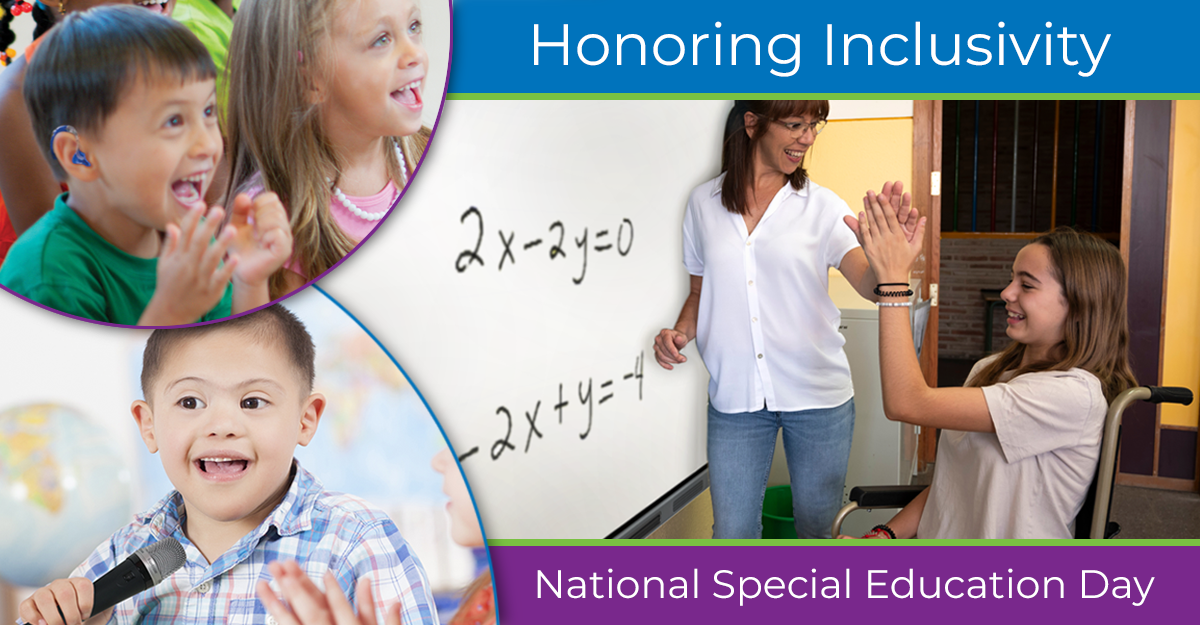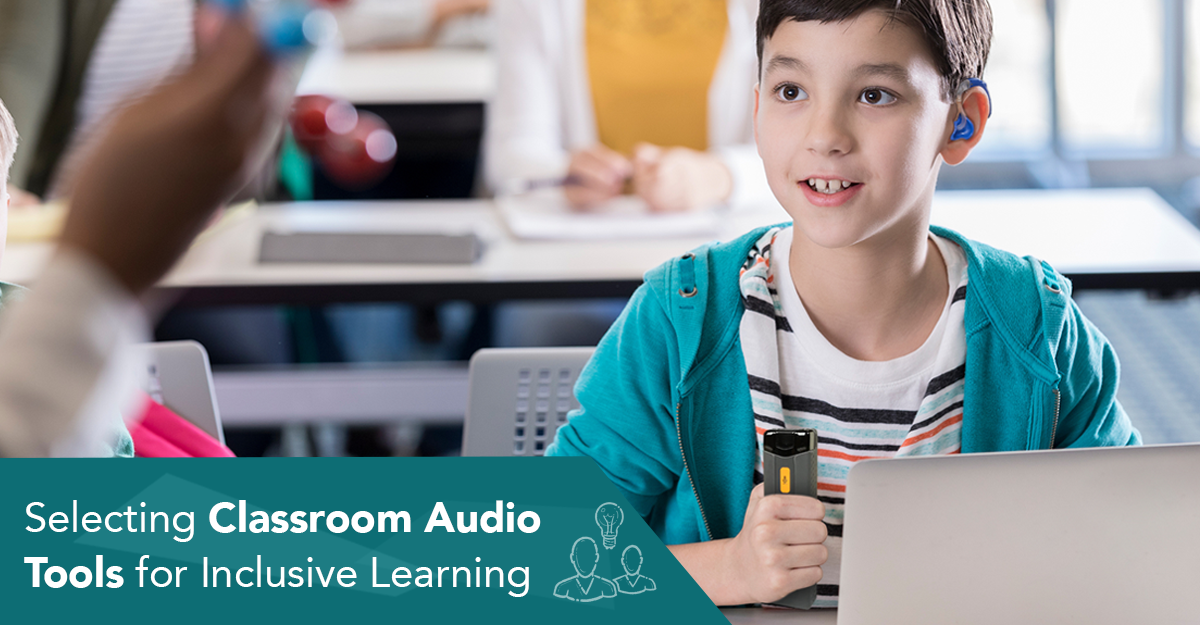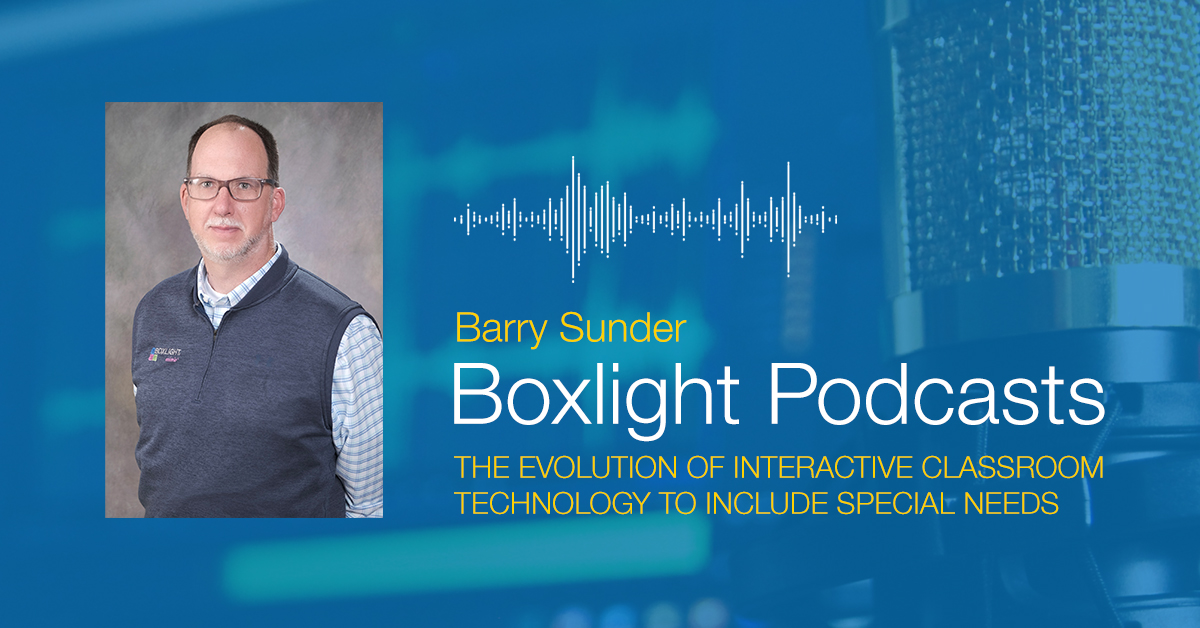December 2nd is National Special Education Day and it holds a special place in the hearts of educators and advocates alike. On this day in 1975, the Individuals with Disabilities Education Act (IDEA) was signed into law, reaffirming the importance of inclusive education for students with special needs. As we commemorate this occasion, it's an opportune time to delve into its history, grasp its significance, and explore how technology, such as interactive displays and learning apps, plays a pivotal role in promoting inclusivity in today's classrooms.
Honoring Inclusivity: The Importance of National Special Education Day
Topics: Student Engagement, Personalized Learning, student learning, Students with Special Needs, accessibility, inclusivity
Why is fostering an inclusive learning environment important in education? School leaders and decision makers are tasked with ensuring that every student, regardless of their abilities, has access to quality education. To help foster inclusivity, classroom audio solutions play a pivotal role in this mission, benefiting not only those with hearing challenges and disabilities but every student in the classroom. What audio tools can help optimize teaching and pave the path for inclusive learning?
Topics: Classroom Audio, Students with Special Needs, FrontRow, audio solution, audio, hearing, teacher microphones, student microphones, wireless audio
The Evolution of Interactive Classroom Tech to Include Special Needs
Ensuring that every student in a class has access to high-quality instruction is an ongoing need for many schools, especially when considering how students with disabilities have varying educational objectives. In recent years, teachers have explored different technologies to support student learning including but not limited to interactive hardware, software, and apps. Teachers have found quite a few of these technology solutions to positively engage students and support active learning.
Barry Sunder, Central Regional Manager with Boxlight, spoke with Larry Jacobs from Equity and Access Pre K-12 (ace-ed.org) on how large interactive displays (interactive flat panel displays, interactive boards, interactive panels) can improve engagement for students with disabilities. Sunder who has experience working with students with disabilities and special needs, as well as having a wife and a sister who are both Special Education teachers, shares that in these classrooms, the use of technology has “gone up another level.” Referencing an experience his sister had with a student, he says, “His attention span was about 15-20 seconds. He has seizures. When he got in front of that board, (his) time with seizures was reduced. He was up there focused on that activity.”
Topics: Education Technology, Podcast, Students with Special Needs




